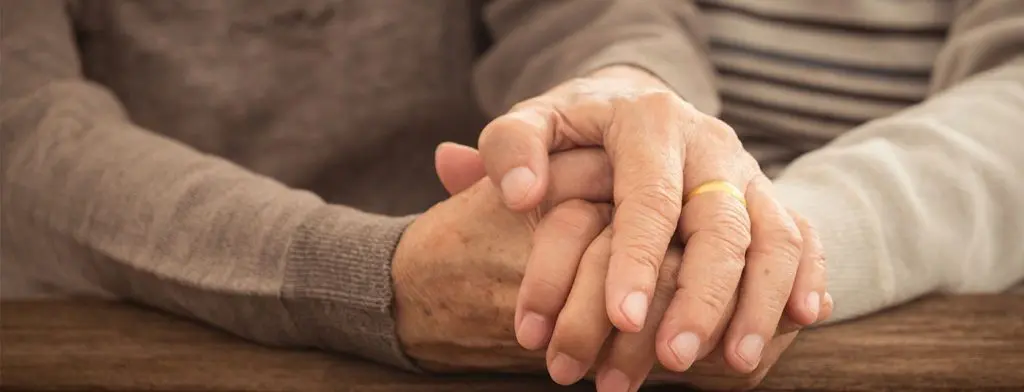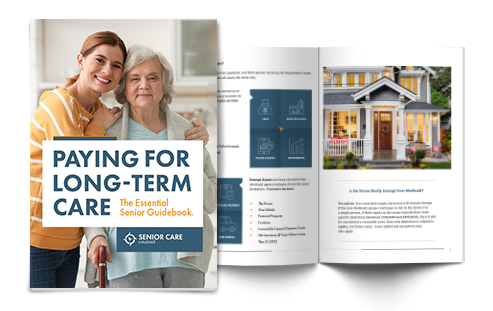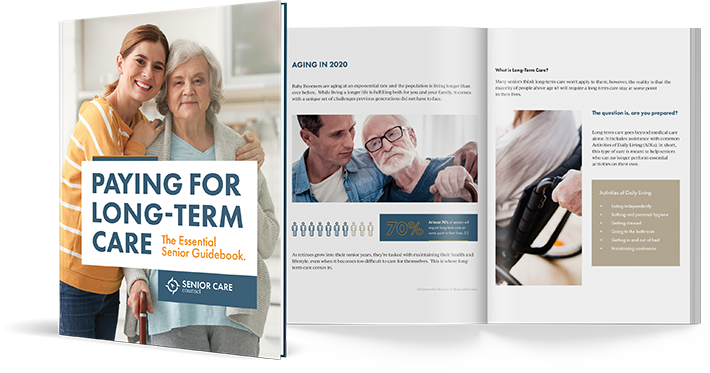What Happens When One Spouse Goes into a Nursing Home?

When only one spouse requires nursing home care, you may have trouble determining the best way to pay for care in order to prevent impoverishment for the spouse at home. Since Medicaid has such strict financial restrictions, many couples assume both spouses must meet the same requirements when one of them applies for Medicaid. On the contrary, each spouse has different financial qualifications for Medicaid.
Spousal Impoverishment Rules for Medicaid
The Medicaid program has adopted certain measures to ensure the well-being of the spouse at home, so they can live comfortably in the community while the ill spouse stays in a nursing home. In order to avoid spousal impoverishment, Medicaid has separate asset and income regulations for the spouse at home.
Asset Limitations for Each Spouse
For Medicaid purposes, the ill spouse is entitled to $2,000 in countable assets (in most states), which is referred to as the Individual Resource Allowance. The spouse at home, however, can keep a separate amount, known as the Community Spouse Resource Allowance (CSRA). The CSRA varies greatly by state; some states have a standard CSRA, and others have a minimum and maximum CSRA. In either case, the CSRA is generally capped at $148,620 (in 2023).
Once eligibility is achieved for the ill spouse, Medicaid no longer considers any of the other spouse’s assets available to the spouse in the nursing home. Therefore, after the ill spouse begins receiving Medicaid benefits, the spouse at home can retain additional assets on top of the CSRA.
Income Standard for the Spouse at Home
In addition to having a higher asset limit, the spouse at home is also entitled to a standard income, known as the Monthly Maintenance Needs Allowance (MMNA). Unlike the CSRA, which cannot exceed a certain amount, the MMNA is a standard, or minimum. Some states have a standard MMNA, while others have a minimum and maximum MMNA (similar to the CSRA). The MMNA is generally capped at $3,715.50 (in 2023).
To calculate your MMNA in a minimum/maximum state, you need to know your state’s Standard Utility Allowance and Shelter Standard. The Shelter Standard is the amount of monthly shelter expenses the spouse at home is responsible for (typically $686.63 in 2023). Any actual shelter expenses beyond this amount will increase your MMNA dollar for dollar until you reach the maximum allowance. Shelter expenses include items such as mortgage payments, real estate taxes, and monthly utility expenses. Rather than calculating actual utility expenses, Medicaid applies a standard amount – the Standard Utility Allowance. If the healthy spouse’s income is less than their MMNA, they will receive some of the ill spouse’s income each month.
What Money Goes to the Nursing Home?
Now that we’ve covered the Medicaid asset limitations for both spouses and the income standard for the healthy spouse, you may be wondering what money goes to pay for the nursing home. That’s where the ill spouse’s income comes in. After taking out the shift in income for the MMNA, if applicable, as well as the Monthly Personal Needs Allowance and certain medical expenses for the ill spouse, the rest of the Medicaid recipient’s income goes to pay the Medicaid co-payment to the nursing home. Medicaid covers the rest.
Learn More: What Does Medicaid Cover in a Nursing Home?
[FREE] GET OUR PLANNING GUIDE:
"Paying for Long-Term Care - The Essential Senior Guidebook"This guide takes a deep dive into the landscape of long-term care and how to pay for it without going broke, including the answers to your top questions surrounding Medicaid.
GET MY COPY
